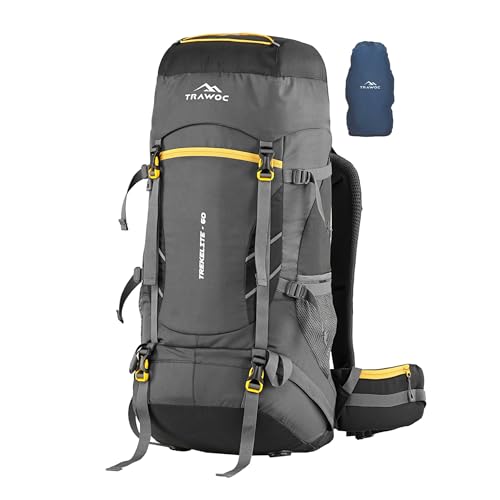This was just a quick solo visit, I had wanted to have a look for a while and finally found the time, this is totally trashed with lots of peely paint.
History
RAF Wyton fulfilled a unique role during the Cold War as the home of Bomber Command's strategic photographic reconnaissance squadron. Specially adapted Valiants, Victors and Canberras routinely took off from the base, flew over the Iron Curtain (or the current hot-spot) and took hundreds of aerial pictures. The planes then returned to base where the film would be developed and analysed.
They knew from the outside that they would have a problem. A mission by a single Victor alone could produce over 10,000ft (3,048m) of film so a photographic processing facility was required on an industrial scale. Therefore a dedicated "Photographic Factory" was built in a separate compound to the south of the airfield in the 1950s. Film was taken to the factory from the aircraft, rapidly developed and then sent to RAF Brampton for analysis.
The factory processed photographs for over forty years. But parts had fallen into disuse, or were pushed into storage for the airfield, by the start of the 1980s. The death knell came at the end of the 1990s: overtaken by both technological advances (with digital and satellite images becoming standard) and the end of the Cold War, the buildings became surplus and were offered for sale. The new owners did little with them, and the photographic factory has stood derelict ever since.
As RAF Wyton’s role was unique, then its requirements were unique, so it’s believed that this small anonymous building was the only example of its type built during the cold war.
on with the photos
 1 by JSP 77, on Flickr
1 by JSP 77, on Flickr
 4 by JSP 77, on Flickr
4 by JSP 77, on Flickr
 2 by JSP 77, on Flickr
2 by JSP 77, on Flickr
 5 by JSP 77, on Flickr
5 by JSP 77, on Flickr
 6 by JSP 77, on Flickr
6 by JSP 77, on Flickr
 7 by JSP 77, on Flickr
7 by JSP 77, on Flickr
 8 by JSP 77, on Flickr
8 by JSP 77, on Flickr
 9 by JSP 77, on Flickr
9 by JSP 77, on Flickr
 3 by JSP 77, on Flickr
3 by JSP 77, on Flickr
 10 by JSP 77, on Flickr
10 by JSP 77, on Flickr
 11 by JSP 77, on Flickr
11 by JSP 77, on Flickr
 12 by JSP 77, on Flickr
12 by JSP 77, on Flickr
 13 by JSP 77, on Flickr
13 by JSP 77, on Flickr
thanks for looking
History
RAF Wyton fulfilled a unique role during the Cold War as the home of Bomber Command's strategic photographic reconnaissance squadron. Specially adapted Valiants, Victors and Canberras routinely took off from the base, flew over the Iron Curtain (or the current hot-spot) and took hundreds of aerial pictures. The planes then returned to base where the film would be developed and analysed.
They knew from the outside that they would have a problem. A mission by a single Victor alone could produce over 10,000ft (3,048m) of film so a photographic processing facility was required on an industrial scale. Therefore a dedicated "Photographic Factory" was built in a separate compound to the south of the airfield in the 1950s. Film was taken to the factory from the aircraft, rapidly developed and then sent to RAF Brampton for analysis.
The factory processed photographs for over forty years. But parts had fallen into disuse, or were pushed into storage for the airfield, by the start of the 1980s. The death knell came at the end of the 1990s: overtaken by both technological advances (with digital and satellite images becoming standard) and the end of the Cold War, the buildings became surplus and were offered for sale. The new owners did little with them, and the photographic factory has stood derelict ever since.
As RAF Wyton’s role was unique, then its requirements were unique, so it’s believed that this small anonymous building was the only example of its type built during the cold war.
on with the photos
 1 by JSP 77, on Flickr
1 by JSP 77, on Flickr 4 by JSP 77, on Flickr
4 by JSP 77, on Flickr 2 by JSP 77, on Flickr
2 by JSP 77, on Flickr 5 by JSP 77, on Flickr
5 by JSP 77, on Flickr 6 by JSP 77, on Flickr
6 by JSP 77, on Flickr 7 by JSP 77, on Flickr
7 by JSP 77, on Flickr 8 by JSP 77, on Flickr
8 by JSP 77, on Flickr 9 by JSP 77, on Flickr
9 by JSP 77, on Flickr 3 by JSP 77, on Flickr
3 by JSP 77, on Flickr 10 by JSP 77, on Flickr
10 by JSP 77, on Flickr 11 by JSP 77, on Flickr
11 by JSP 77, on Flickr 12 by JSP 77, on Flickr
12 by JSP 77, on Flickr 13 by JSP 77, on Flickr
13 by JSP 77, on Flickrthanks for looking































